Fujifilm has just announced its sixth medium format mirrorless camera. The 102-megapixel GFX 100S II is a successor to the wildly popular, compact GFX 100S. Along with the body, Fujifilm has released the GF 500mm f/5.6 R LM OIS WR, an incredibly long medium format telephoto perfect for wildlife!
Almost Unchanged Externally
The body of the GFX 100S II is nearly identical to those of last generation’s GFX 50S II and GFX 100S, with the exception of a different texture on the rubber grips. The texture has been inherited from last year’s GFX 100 II. This means we still do not get Fujifilm’s signature analog dials. It seems that the medium format cameras have forgone the retro aesthetic many came to love and gone the modern digital way for good. I’m still hopeful for a GFX 100R eventually, but my hopes are slowly getting extinguished.
Don’t get me wrong, though. The body still handles well. Very well, in fact. The deep grip feels perfect in hand, the buttons are all in the right spot, and the camera is never really “in the way.” Most of the buttons can be reprogrammed to work just the way you like it. I, for example, set up the exposure compensation button to be a toggle rather than only working whilst pressed. The other two top buttons then enabled either human eye recognition or animal. My must-set button on all Fujifilm bodies is the front button for which I always choose AF-ON. My middle finger rests there naturally, and it allows me to use “back button focus” without releasing my thumb from the camera and risking losing grip.

The rear LCD is traditionally three-way tilting with touch capabilities. I do miss a directional pad, which Fujifilm has been removing from some bodies. There is most definitely enough room for it on the back of the camera, but it lays bare. The viewfinder felt great, crisp, and responsive. At the time of writing this review, I do not have the exact specs, so I can’t with 100% certainty confirm whether it offers the same 9.44 million dot resolution as the larger GFX100 II, but it does seem to at least have over 5 million dots of just like the predecessor.
Memory as well as battery have remained the same, meaning we get two UHS-II capable SDXC card slots and an NP-W235 battery, which can be charged internally using the USB-C port. Yeah, as I’ve said, not much has changed on the outside. But plenty did on the inside. Let’s have a look.
Stable, Fast, Precise
The sensor is identical to the one in last year’s GFX 100 II. This gets us incredible detail, beautiful colors, great dynamic range, as well as shallow depth of field with lovely transitions from focused areas to out-of-focus ones. Not only that. The sensor has seen significant improvements in terms of speed as we’ve already seen in the GFX 100 II. This addresses one of the strongest gripes many photographers had with the Fujifilm medium format cameras. The camera reads data considerably faster and is now capable of faster frame rates, better AF, and more video options. The GFX 100 II is capable of 8 fps in full resolution and detail. For some reason, the GFX 100S II was only giving me the option of 7 fps. But it was a pre-production unit so I can’t tell you for sure whether it actually has a slower shutter mechanism or if it was just a firmware issue. Still, though, 100 megapixels seven times per second in full raw is pretty impressive.
Naturally, the image quality is spectacular. And I’m not only talking about the resolution itself. The camera captures unseen detail. I used it exclusively with the GF 500mm f/5.6 R LM OIS WR mainly photographing birds, squirrels, and similar kinds of easy-to-find wildlife as I’m no wildlife photographer, and the detail captured was truly impressive. All the tiniest feathers, hairs, bumps, reflections in the eyes, and claws. Everything was captured clearly with crisp definition even when shot from a distance. The distance was seldom a factor as the potential for cropping is clear as day. With 100 megapixels to spare, zooming in at 100% gives you just a tiny sliver of the overall image and you still get a printable file. Even more, if you only post to social media where you never see images beyond 2048p.

As I’ve already mentioned, it’s not just the resolution that is stellar. The dynamic range also deserves lots of praise. I never once had to worry about exposure too much as I knew I’d almost always be able to salvage my shots in Lightroom, even at higher ISOs. Yes, due to the small pixel pitch, the images do show grain when punched in. But keep in mind how much you zoom in when you’re looking at 100% magnification. The detail is still there and it’s just a matter of a quick denoise in the software of your choice. I don’t think I’ve ever captured images as full of detail yet clear as these.
Impressive AF (When It Caught On)
The autofocus performance is noticeably better than the previous two generations of GFX cameras. There is no doubt about that. Is it on the same level as modern mirrorless cameras with smaller sensors? Sometimes. But only sometimes. There were still many instances where the camera just would not see the subject or focus on the foreground/background instead. Whenever the focus was really far or close so much that the subject was just pure bokeh, it would spend a hefty amount of time just looking for it. And given I was shooting the aforementioned birds and squirrels which can’t sit still for a goddamn second, I missed a ton of images. But once it grabbed on, saw the subject, and tracked it, it held on impressively well. There was a moment or two when it would mark a squirrel's tail as eyes even though it was looking right at me resulting in a misfocused shot, but it didn’t happen regularly.
The main culprit for missed shots was the target square for AF-C tracking being too large which resulted in the camera tracking objects near my desired subject. In these instances, I oftentimes simply switched to manual focus using the switch on the right side of the EVF. Fujifilm lets you focus automatically even in MF mode and given that I had preset the smallest possible focus point to this mode I was able to be much more precise using my middle finger to focus as mentioned above. It’s an odd workaround but it got me through some tight spaces especially trying to focus on tiny animals in trees hiding behind branches and leaves.
What I Liked
- Small-ish form factor
- Great ergonomics
- Clear and fast EVF
- Three-way-tilting LCD
- Dual card slot
- Decent battery life
- In-body image stabilization
- Stunning colors and detail
- Fast response compared to older GFX cameras
- Of course, Fujifilm simulations
- Decent subject detection
What I Disliked
- Occasional misses with AF
- I still miss analog dials (pretty please)
A Well-Deserved Upgrade
Fujifilm makes the best APS-C, and now Fujifilm clearly makes the best medium format at least in terms of versatility, speed, features, and affordability. Sure, Phase One is still out there, but in an entirely different price bracket and made only for very specific uses. The Fujifilm GFX 100S II is a jack of all trades and a master of many of those. And with the native lens selection available from 20mm to 500mm, everyone can find what fits them best.





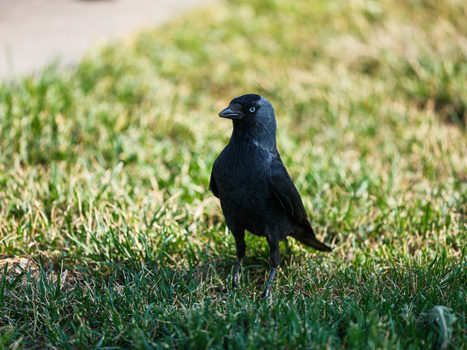
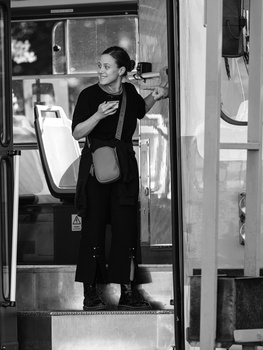
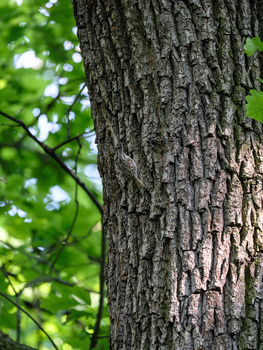

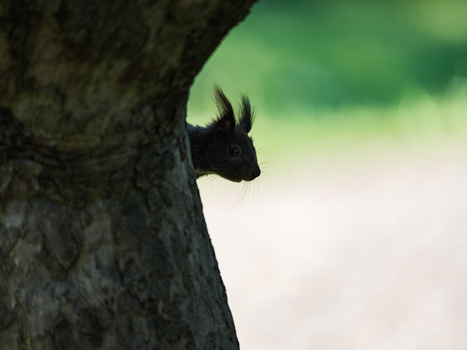
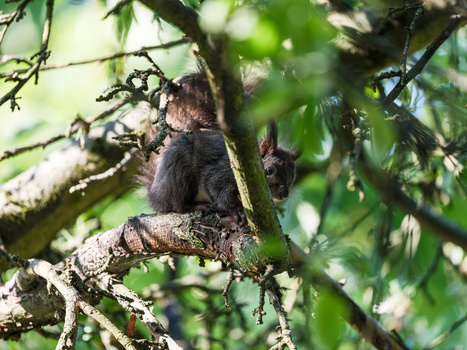
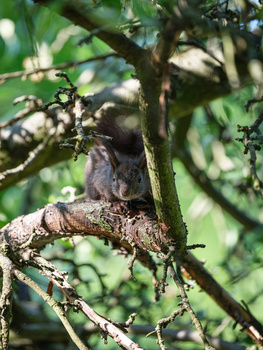
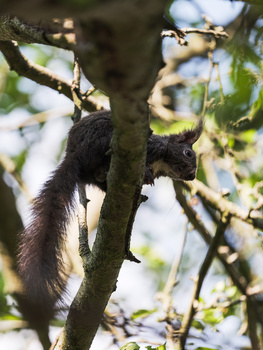
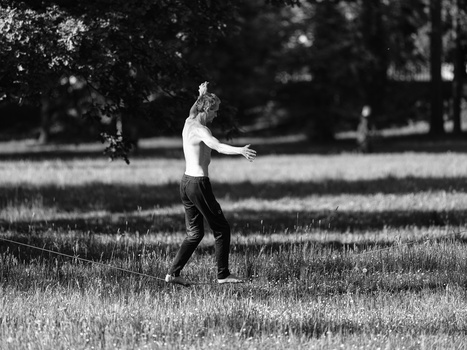


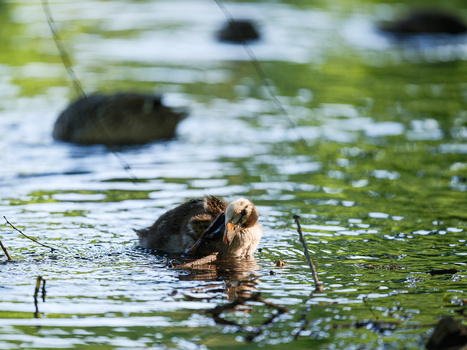

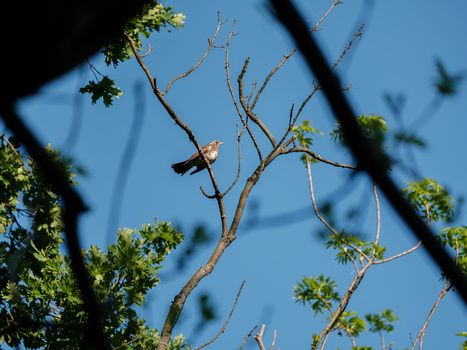
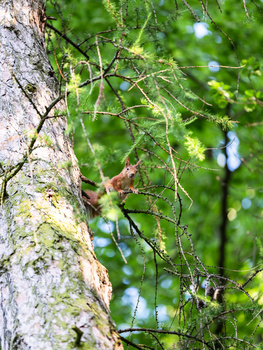
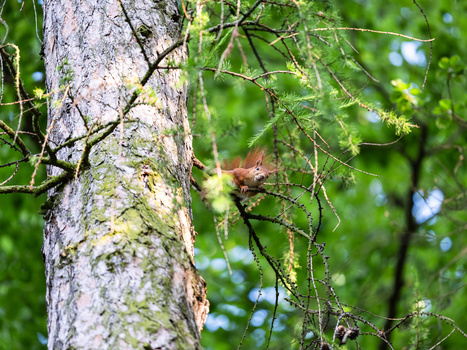

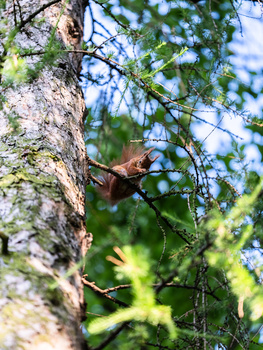
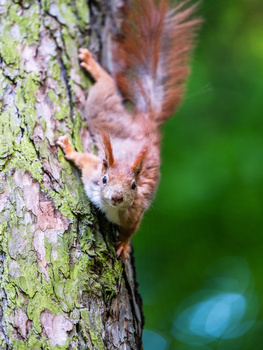
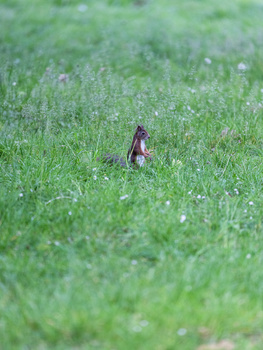
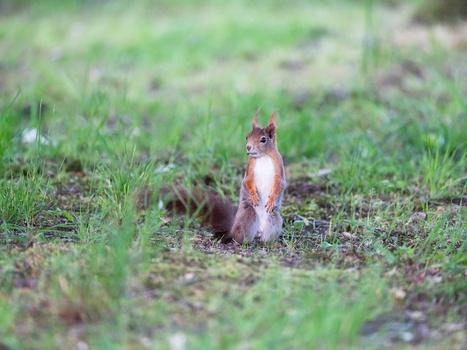
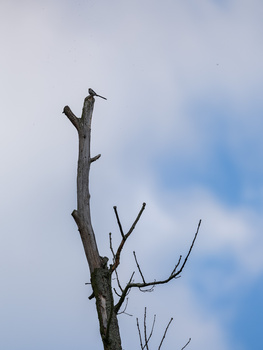
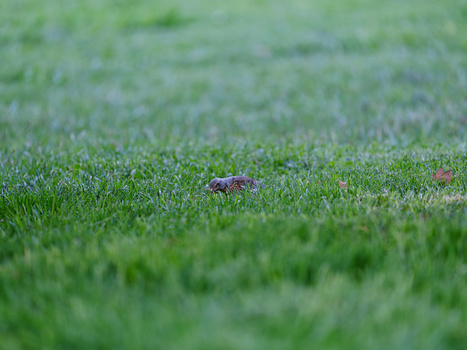
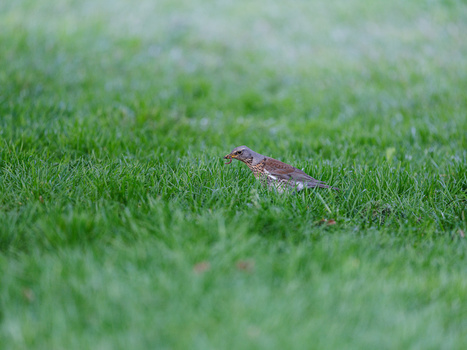

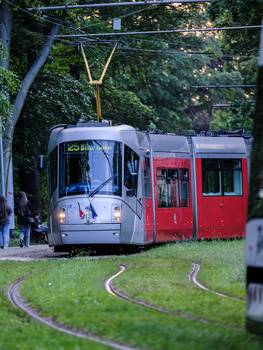
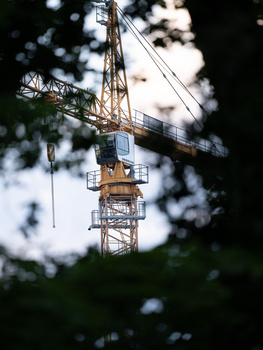
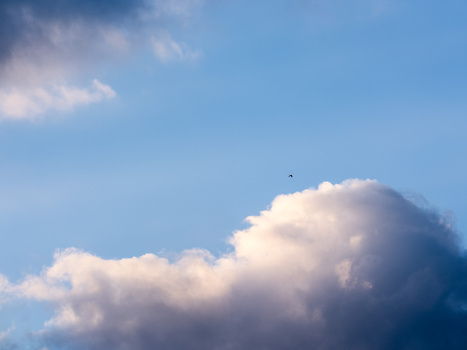
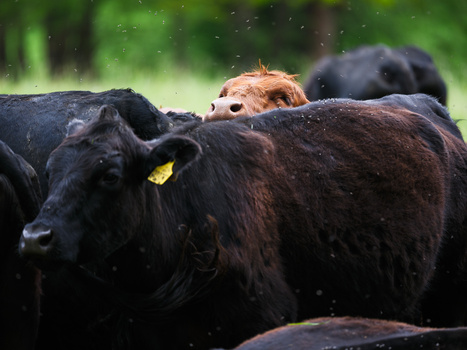

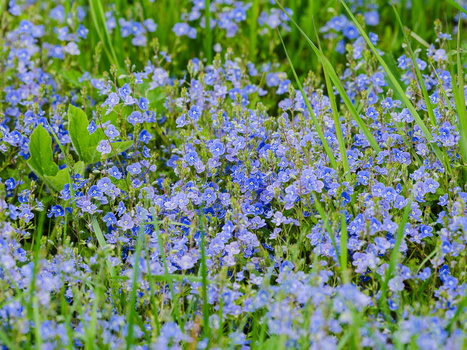


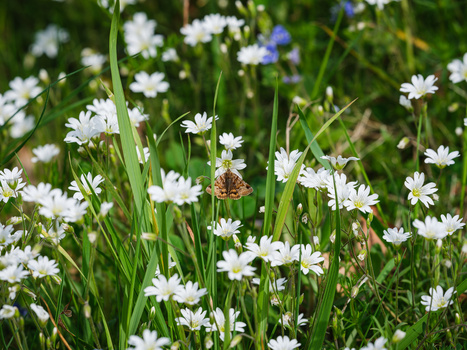
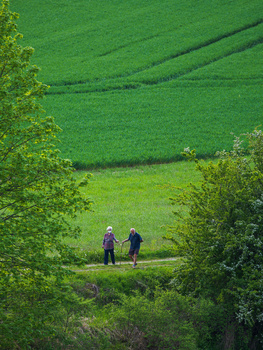
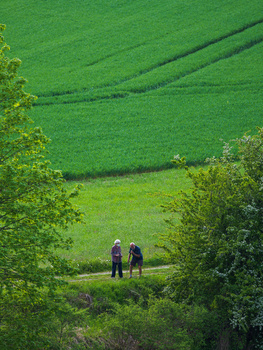
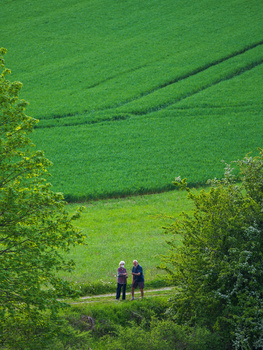

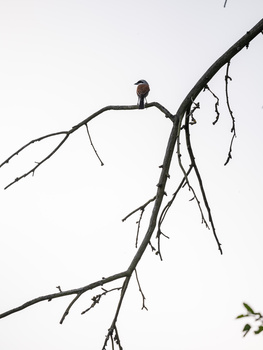


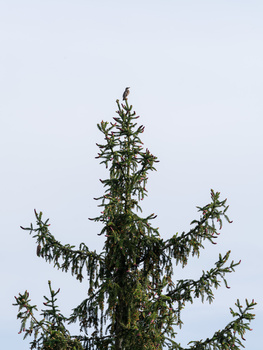
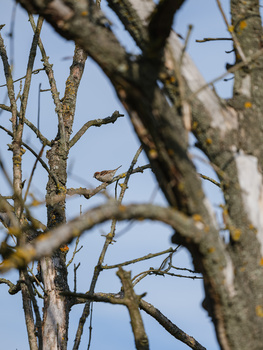






No to analog dials.
No price info?
I didn't know the price at the time of writing this but it's available to buy now and B&H has it listed for $4,999.